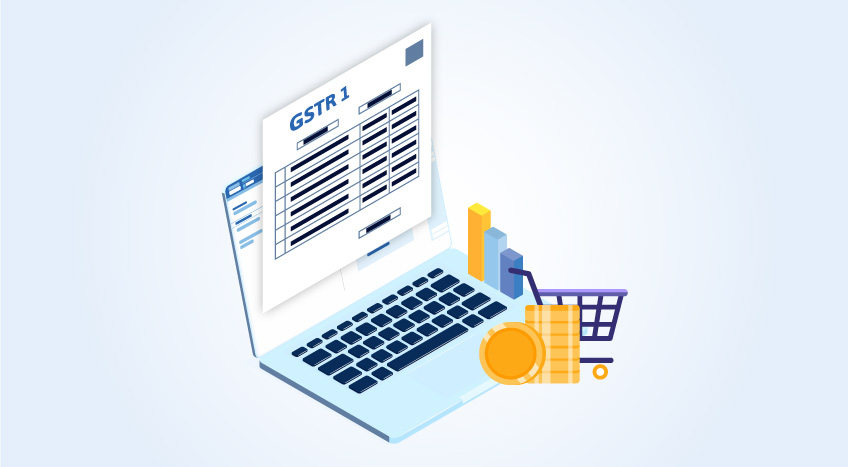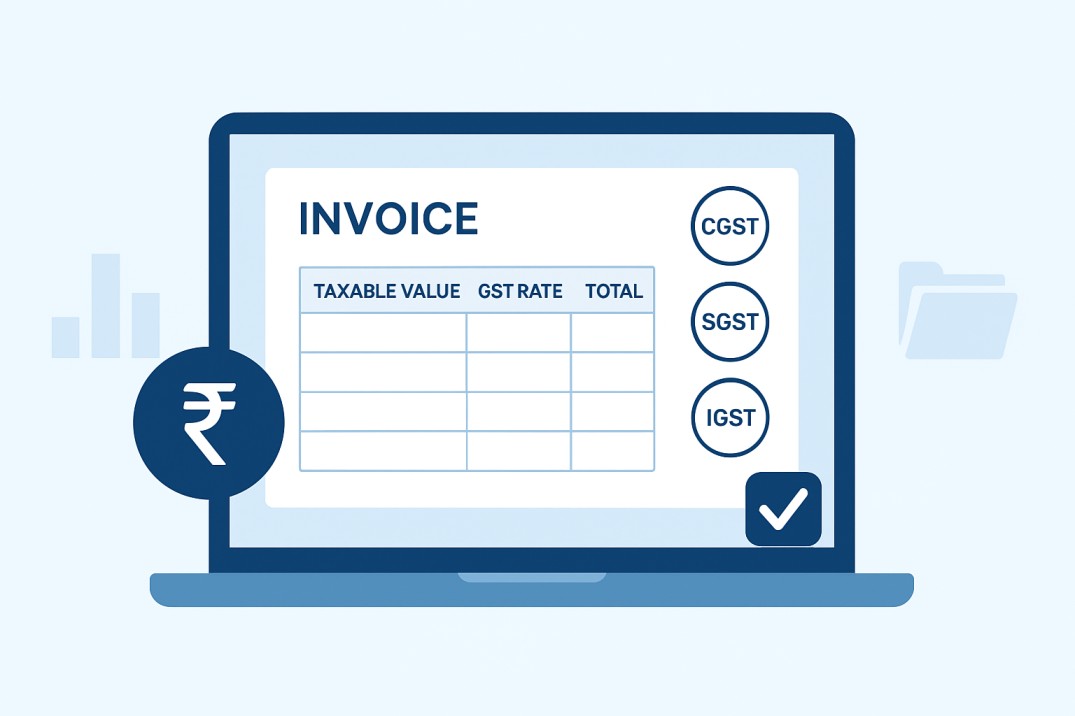The Institute of Chartered Accountants of India (ICAI) has introduced a significant change in the financial reporting landscape for Non-Corporate Entities (NCEs). If you operate a business that isn’t registered as a company or Limited Liability Partnership, this new guidance note directly affects how you prepare your financial statements from the financial year 2024-25 onwards.
What are non-corporate entities?
Non-Corporate Entities (NCEs) are business structures that are not registered as companies under the Companies Act, which means they do not have a separate legal identity like corporations do. Such entities cover a wide range of business structures:
- Sole proprietorships
- Hindu Undivided Families (HUFs)
- Partnership firms (registered and unregistered)
- Trusts and societies
- Associations of Persons (AOPs) and Bodies of Individuals (BOIs)
- Statutory authorities and autonomous bodies
If your business falls into any of these categories, the ICAI Guidance Note now applies to your financial reporting processes.
Understanding the ICAI guidance note
The ICAI Guidance Note on Financial Statements of Non-Corporate Entities is a set of comprehensive guidelines applicable from the financial year 2024–25 onwards. It seeks to bring uniformity and transparency in the way non-corporate businesses present their financials.
You must comply with this note if your business is not a company. Certain LLPs may also fall under the scope depending on their regulatory requirements. The aim is to make your accounts understandable, reliable and comparable so that lenders and stakeholders can easily interpret your financial position.
Why has ICAI issued this note?
Many non-corporate entities have grown big and complex. Yet, till now, there was no standard format for their accounts, leading to issues when comparing financials across businesses. The ICAI’s note brings consistency in financial reporting, matches global standards, and strengthens MSMEs’ credibility.
The guidance prescribes a complete set of financial statements, including:
- Balance Sheet
- Statement of Profit and Loss
- Cash Flow Statement (mandatory for bigger entities, optional for MSMEs)
- Notes to Accounts
Balance sheet: The foundation of your accounts
The new format requires a vertical, easy-to-read balance sheet. The structure brings clarity between equity, liabilities and assets.
- Clearly separated ‘Equity and Liabilities’ and ‘Assets’
- Classification between non-current and current assets/liabilities
- Owners’ funds on top, then outside borrowings, payables and provisions
- MSME payables must be clearly disclosed, helping lenders and partners track your obligations
This format compels you to present assets and liabilities in a transparent manner, making it easier to spot your actual financial standing at a glance.
Profit & loss account: reflecting business performance
The statement of profit and loss, previously called the profit and loss account, gives a snapshot of your business income, expenses and resulting profit or loss.
- Revenue is clearly split into product, service and finance income
- Separate disclosure of finance costs, including interest paid to partners or directors
- Employee costs and other major expense heads are to be shown distinctly
- Exceptional and extraordinary items highlighted for better decision-making
This clear structure helps you, lenders, and investors identify the fundamental drivers of your profitability.
Notes to accounts: detailing the story behind numbers
Notes to accounts provide essential details and explanations that lend credibility to your numbers. The guidance note mandates disclosure of:
- Significant accounting policies are followed
- Details of related party transactions
- Contingent liabilities and capital commitments
- Explanations for significant items in the balance sheet and profit and loss statement
These notes assure stakeholders that your business is transparent and your financial statements are reliable.
Classification of entities for compliance
Entity categorisation is important because it affects which disclosures and formats are mandatory. ICAI classifies non-corporate entities into four levels, depending on their size and turnover:
- Level I: Largest entities with substantial turnover or borrowings (entities with turnover above ₹50 crore or borrowings above ₹10 crore in the previous year).
- Level II: Large entities with moderate financial metrics (entities with turnover between ₹10 crore and ₹50 crore or borrowings between ₹2 crore and ₹10 crore in the previous year).
- Level III: Medium-sized entities (entities with turnover between ₹1 crore and ₹10 crore or borrowings between ₹50 lakh and ₹2 crore in the previous year).
- Level IV: Small entities with minimal turnover and borrowings (entities with turnover up to ₹1 crore or borrowings up to ₹50 lakh in the previous year).
Benefits of the guidance note for MSMEs
The Guidance Note for MSMEs serves as a valuable resource designed to help micro, small, and medium enterprises navigate regulatory, financial, and operational challenges more effectively. By offering structured recommendations and best practices, it empowers MSMEs to improve compliance, boost efficiency, and make informed business decisions for sustainable growth.
Adhering to the ICAI Guidance Note for NCEs offers several advantages for your MSME:
- Standardises accounts, making it easier to obtain loans and attract investors.
- Reduces errors by providing clear formats for balance sheets and profit & loss statements.
- Enables comparability with other businesses, which is crucial for business decision-making and benchmarking.
- Conform to international standards and enjoy a better position when dealing with exports or collaborations.
Decoding the ICAI Guidance Note for NCEs is not difficult with the right awareness and tools. Consistent and transparent financial reporting is now within your reach. With formats, notes, and software support, you can align your business with national standards.

















